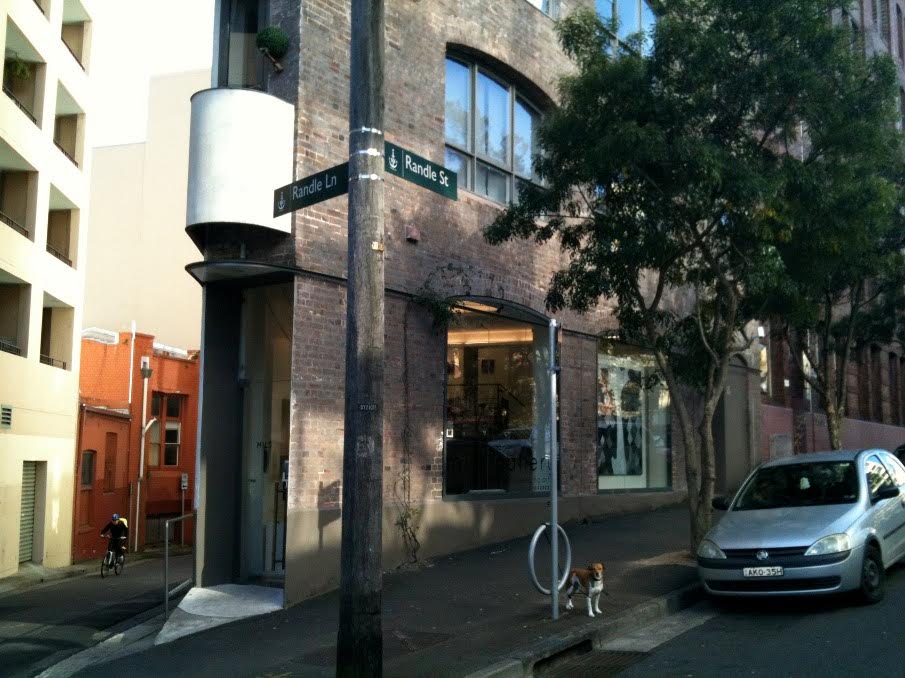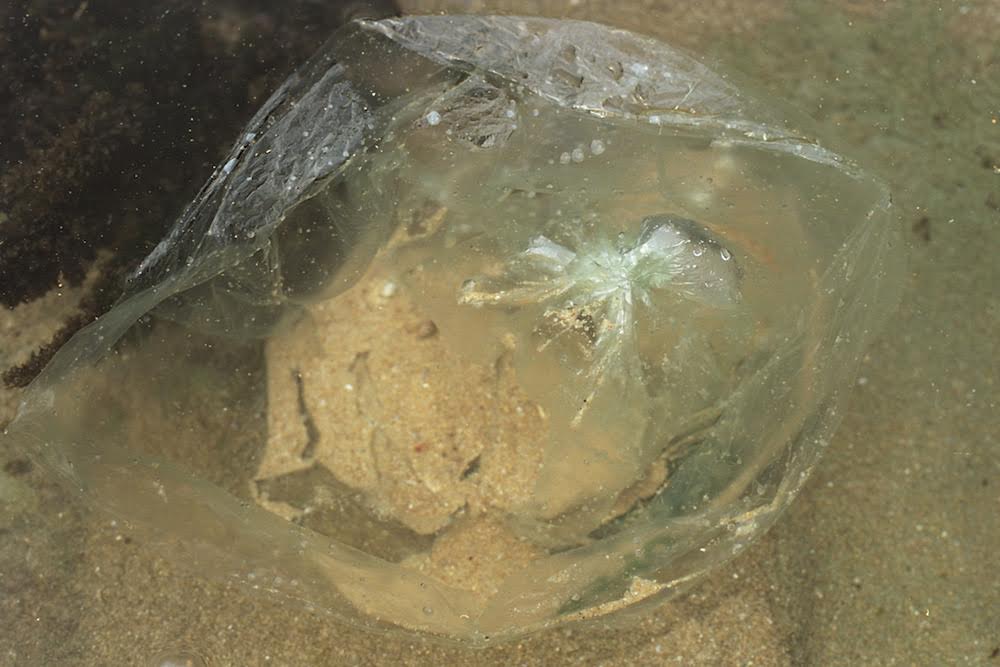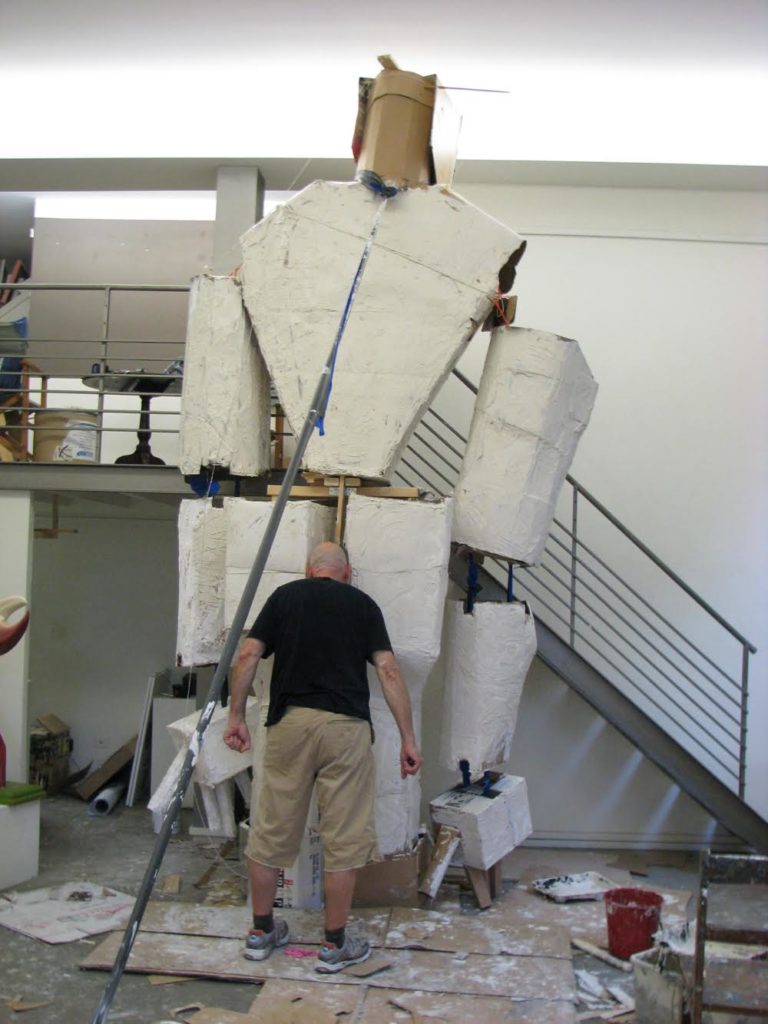#021

MILS gallery is a short walk from Sydney’s Central Station and is run by artists Adriano Rosselli and Eva Troyeur-Gibson.
On view now “Vladimir Kravchenko: In soup” is a series of photographs of microcosmic still life forms, another step for the artist who is striving for complete abstraction. This is Vladimir’s fourth solo show so it is clear that MILS plays an important role in artist development, walking with them (sometimes literally) as Adriano explained “I have a great relationship with these photos as I was heavily involved in the production of this show; from discussions at the birth of the idea and onto the printing and framing. I was present on a majority of the shoots, witnessed the fresh negatives, aided editing and so on”.
Adriano’s passion on entering the ARI scene as “young and optimistic” has served him well in a broader industry landscape that is haemorrhaging support in spite of the cultural capital, community and opportunity it creates.
Read on to learn how the gallery has sustained itself since 2009.
What keeps you going?
Some shows are really satisfying. When you feel as if you are an integral part of the artist achieving something, it’s very satisfying. On top of that, if you see someone else being affected positively by the artwork, you face the corner of the room and pump your fist.
Financially, how do you make it work?
We have a cheap rental deal which makes our financial model possible. We charge $300 p/w gallery fees + 20% commission. It’s enough to keep it running. I also AirBnB my place out a bit and sleep in the gallery. We host cocktail parties and commercial events every now and then – I highly recommend that.
You have a unique perspective, how can state or national funding assist artist run spaces?
With funding you can afford to spend more time on the gallery, afford to rent a reasonable space and more importantly you don’t have to rip off artists to pay the bills.
What’s your opinion on internships and do you run them in your space?
We have had a couple, they never work out. The gallery’s system of operation is so personalised that it’s difficult to translate and I just feel bad telling people to do stuff without paying them.
Do you have a mentor?
I worked at Ray Hughes Gallery when I was younger. When I asked him for advice on running a gallery, he told me to ‘show good shit’… Anything else? ’show good shit’.
On that note, what are you showing next?
“Eva Troyeur-Gibson – Finished Paintings” Eva is an extremely talented painter who has been helping me run the gallery for the last 3-4 years. Her works contain a strange and complicated logic that continues to elude me, in spite of their obvious visual appeal. Like many artists – perhaps – Eva actively resists critical dissections of her practice or motivations as an artist. She dodges any foray into understanding her work with a deliberately trivial remark, which I see as Eva’s way of humbly backhanding the question. She is a crusader for the idiosyncratic.
Since 2011, Eva has been fixated on a simple composition: two blobs flanking a void. In this newest exhibition she continues to make ground within these tight parameters.
Are curators necessary and what do you think of their role?
No, I don’t think they’re completely necessary – most of the time artists can curate shows. Professions are becoming more specialised, or delineated from one another, which has given curating a more definite sense of itself as an activity. At worst, this translates into an inflated sense of the curators’ importance and necessity. But art has always been ‘curated’, with or without the figure of the ‘curator’, so I think it’s a trap to believe that the role of curator is a necessary one. An artwork can be appreciated without explanation or considered contextual placement. A curator offers an additional experience or quality of exhibition, but that input can either enhance or detract from an artist’s work, depending upon the situation. I do think it is true that curators and critics have become more important as the objective value of art has declined.
Can you tell us about your practice?
Mainly sculptural. I have a lot of fun whilst making. Doing things carelessly and stumbling into areas of interest. I do a lot of collaborations – currently working on one now with h.j.huwman.
How does the gallery reflect your personal philosophy?
Avoid shame.
How do you measure your success?
I try to avoid monitoring success or what success means in my life.
Do you have advice for people trying to do something similar (as an artist or gallerist)
Gallerist: It’s hard to do it alone.
Artist: There’s advice on how to be commercially successful and there’s advice on how to be a good artist. They tend to contradict each other. Maybe try make trendy shit until you’re big, and then do what you really want. But it’s not like I want people to actually do that. Depressing stuff.


